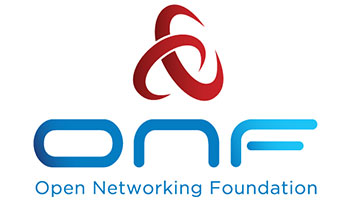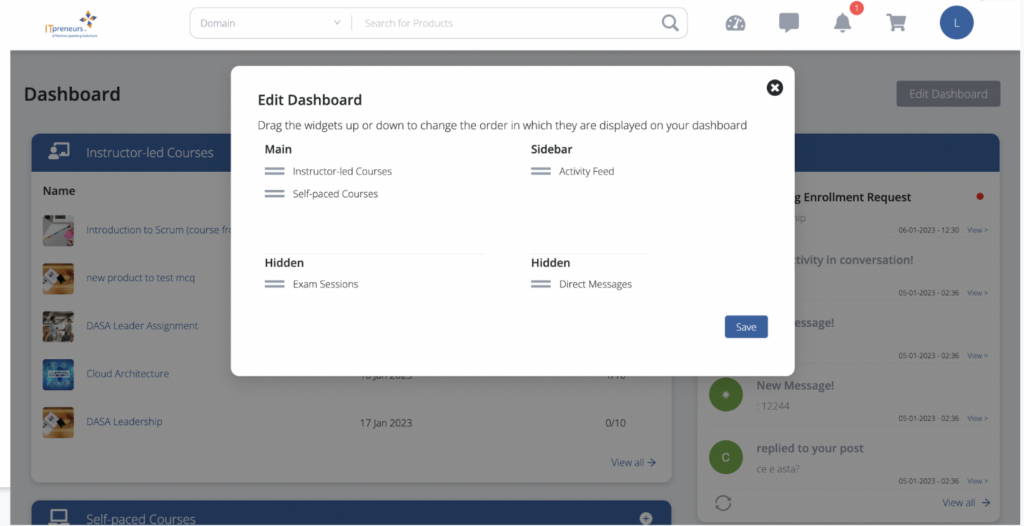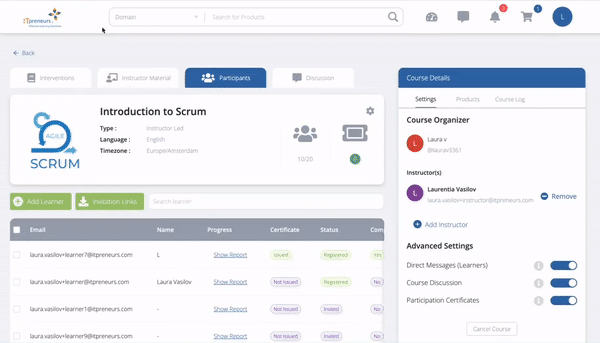Software-Defined Networking (SDN) is clearly the wave of the future, and we are learning that the ability to program packet traffic in a network will be the standard ways networks are managed in the not-too-distant future.
Many certified network engineers are dusting off their learning strategies to take in a vendor-neutral, technology-encompassing view of SDN, like ONF’s SDN Associate certification, and that’s probably a good career move.
For many engineers, we tend to think in comparison to what we know…the old “it’s like an ATM, but in a less expensive way to deploy”, or something like that. Well, the comparisons of SDN to other concepts, things, experiences, or things we don’t really talk that much about has been going on for a few years. We searched the internet for some SDN analogies which we’ll use to help you make sense of it all.
Please don’t report us to HR, but here are some of the comparisons, and our take on things. Maybe this can help you understand a new way of networking that is going to transform our lives.
Cheers,
Corjan Bast (ITpreneurs) & Rick Bauer (Open Networking Foundation)
1. A Gateway Drug
Hybrid SDN is like a gateway drug — if it works for one part of the network or one application, network engineers get hooked on its benefits and expand their use of SDN to take over more functions.
It’s still a challenge to find the right use case to introduce SDN in a production network—you don’t want to “overdose” on packets heading everywhere. With few networks being a complete green-field installation, a hybrid deployment is what we are stuck with. Be safe and remember the first rule of networking is not to break things that are working without a tested and reliable substitute. Lots of network admins say that some border appliance function (deep packet instruction, load balancing, perimeter security, etc.) is a good “first hit.”
2. Smart Plumbing
SDN is like smart plumbing that can be changed on command, while NFV is like a soft appliance that can be installed on demand.
We live in awe of plumbers, those folks who actually went to a real school and learned how to do “real work”, while we networking dweebs always live with the suspicion (normally voiced by grandma), that all this IT stuff doesn’t really work. The plumbing analogy works when you consider physical and virtual networks (like NFV), and how SDN can help packet flows from becoming … err … clogged up. We don’t want to continue the analogy too closely (especially before breakfast), but the important thing to know is, just like a virtual bathroom, it may look pretty nice on the diagram, but when you have to fix it, it’s a good thing to understand the real pipes, especially when they are leaking! The comparison is this—physical and virtual networking are both important, and without understanding the foundational physical infrastructure, abstractions may immediately benefit but eventually exact performance tolls that have to be managed, too.
3. Road Trip
SDN is like “a road trip without a map” (about the uncertainty for professionals about the technology).
Explanation: We tend not to remember most of the road trips from college, but the more expensive our vacations get, and the more important the company, the more we learn about the benefits of planning. Not sure that Jack Kerouac was into networking, and Ken Kesey’s Magic Bus had nothing to do with PCI, though his “Merry Pranksters” remind us of a few networking pros we’ve worked with. Road trips without a map are great if you don’t have any immediate plans, but when you are talking about your career, it’s better to have a definite direction.
4. Old or New?
SDN is Like IPV6.
We love Ivan Pepelnjak and his general cynicism about all things IT is generally the best safe first course with which to approach any new technology. In that sense, IPv6 and SDN are similar. But address space limitations, IoT, and lots of other uses for IP addressing brought us IPv6, and networking congestion issues and expensive routers are bringing us SDN. Unavoidable. Like death and taxes.
5. Unavoidable
SDN is like a meteor hitting the telco world, and only organisms capable of adapting to these new conditions will be able to survive.
Diego Caviglia Ericsson
Sounds like real Old Testament stuff, the wrath of God type stuff. SDN is like fire and brimstone coming down from the skies! Rivers and seas boiling! Forty years of darkness! Earthquakes, volcanoes…the dead rising from the grave! Human sacrifice, dogs, and cats living together… mass hysteria!
Or it might just be a better way of doing networking, and no one dies or gets eaten by Godzilla.
But we love the movies, and panic and fear always sell more tickets… and switches.
Interested in offering your clients vendor-neutral SDN training and certification? We have some tips to help you get started.
—
Are you ready to help your clients adopt SDN?
Join the SDN Associate early adopter Train-the-Trainer Webinar On-Demand. Are you looking at how to become an ONF Certified SDN Training Partner? Contact us. Or visit the product page.
About the author

I started asking “why” when I was a little boy and I have never stopped asking since. It’s also the reason I was intrigued when I read the question “We are awake 16 hours of the day, what do you do with your time?” in one of Mark Manson’s blog posts. I started thinking about what I do all day. All-day long, I come up with creative ideas. Ideas related to marketing, design and even general improvements. I just love to ‘improve’, whether that’s helping people get comfortable with our software, quicker, or fixing my sailboat with zip-ties so we can start the race.





